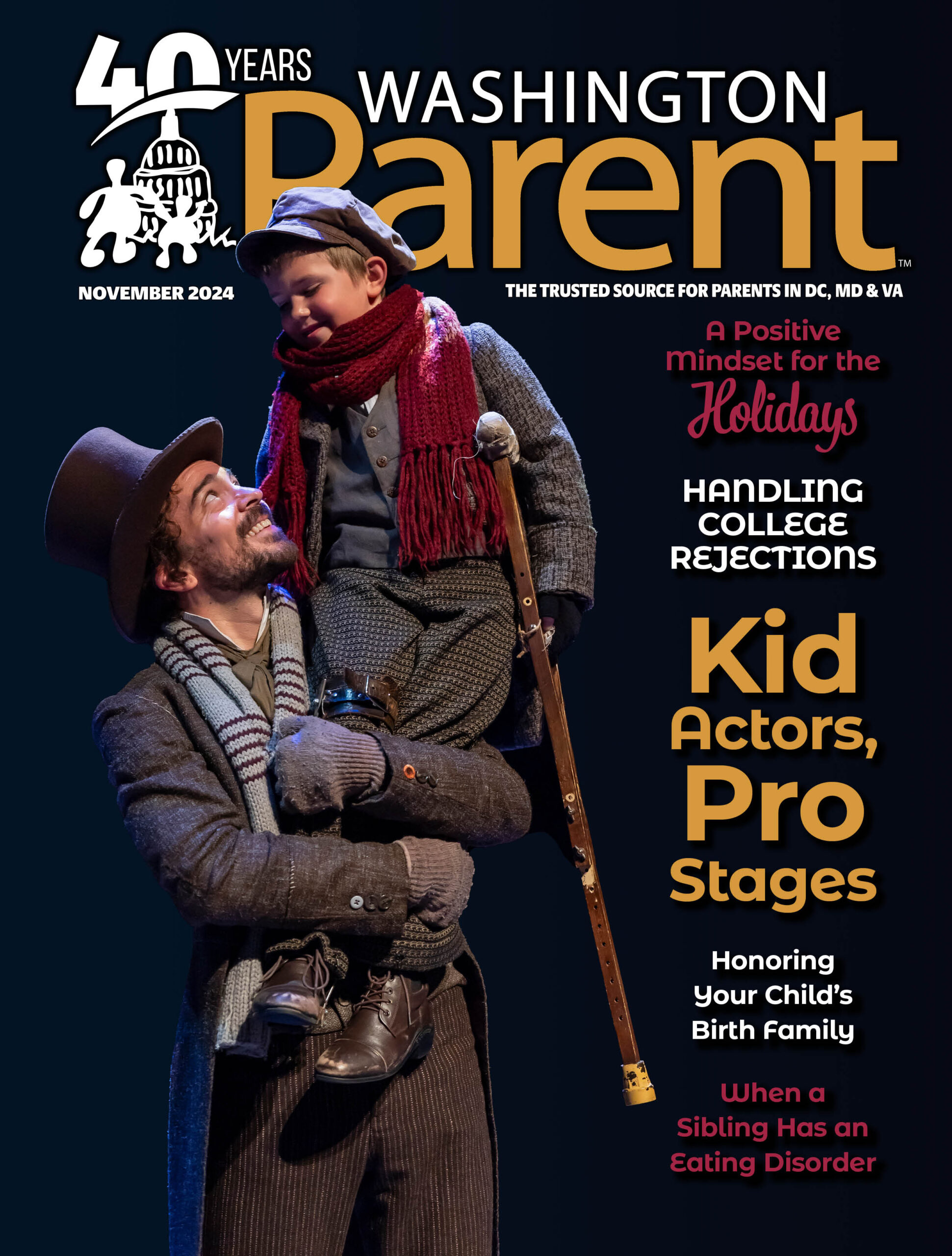Summer Vacations are Not Just for Play
Summer vacation’s long lazy days of play are rapidly disappearing. Your
children may lose valuable academic skills unless they do some schoolwork
in the summer, especially in math and reading.
This summer, we are again providing activities that are academic in nature
for your children to do each week. We also have made them fun to do so your
children will enjoy keeping their skills up to date as well as learning new
ones.
This summer’s activities are all in language arts, which includes reading,
speaking, listening and vocabulary building. You can find even more
activities in this area on the DearTeacher.com website under “Learning
Activities,” as well as ones for math, social studies, reading and science.
An Intriguing Word Game
Here is an intriguing game that can challenge family members of all ages.
Play it until everyone in the family knows the secret of choosing the right
words to show the pattern. Here are several examples: (1) It is school. It
is not vacation. (2) It is good. It is not bad. (3) It is deer. It is not
dog. (4) It is poor. It is not rich. (5) It is apple. It is not orange. If
you can’t figure out the word pattern secret, email us at
dearteacher@dearteacher.com
. But don’t give up too easily. Some adults have taken hours to discover
the secret.
Picture Stories
A picture is said to be worth a thousand words. This week let your children
stray away from traditional language arts activities to writing stories
largely with pictures.
The first writing was pictures drawn on cave walls. Let your children go
back to those times and make up stories using as many pictures as they can.
For example, “I love you” could be expressed with the picture of an eye
followed by a heart and then the letter “U.”
When children first start to write, they often use some pictures for words
they can’t spell out. The representation of a word or phrase by a picture
is called a “rebus.” For fun or a challenge, have your children go online
and search for rebus stories. They will find ones for different age groups
that will be fun to read.
Older children can look for lists of emojis on their computers or
cellphones. Then they can have fun writing messages to friends or family
members using as many emojis as they can.
Creative Storytelling Is Fun
So much emphasis is now being placed on developing children’s creativity.
Here’s a storytelling activity that not only will increase your children’s
language arts skills, it will also boost their creative thinking skills.
To prepare for this activity, have your children find 15 to 20 or more
rather flat rocks that are approximately two inches by two inches in size
or larger. Have them decorate the rocks on one or both sides with both
characters and objects. They can use paints, marking pens, yarn, paper,
stickers and so on to create the storytelling rocks. The rocks are then
placed in a bag.
To start the activity, one or more rocks are selected blindly from the bag,
and a story is devised about these rock characters and objects. As the
story goes on, more rocks can be drawn from the bag to embellish the story.
If children find difficulty starting a story, you can give them a starter
such as, “Once upon a time, a frog was living in a house with a large dog.”
Rhyming Words
Rhyming words are lots of fun. Read nursery rhymes to your young children,
and you will be giving them a head start on phonics.
Introduce older children to the poems of Shel Silverstein, Jack Prelutsky
and Bruce Lansky. They’ll discover what fun poetry can be. For example,
they’ll find themselves laughing when they read a poem like “When Grandma
Visits” in “A Bad Case of the Giggles,” a book of poems selected by Bruce
Lansky. The poem starts:
“When Grandma visits you, my dears,
be good as you can be.
Don’t put hot waffles in her ears
or beetles in her tea.”
Handwriting Through the Ages
Summer vacation may be over or ending soon for your children. For their
last language arts activity, have them experience different forms of
handwriting that were used in the past. Have them try writing with a stylus
on clay or Play Doh as the first writing was done. Next, they should
discover what it was like in the Middle Ages when illuminators and painters
often used very fine brushes and ink.
Then your children can relive how students did their classroom work in the
early 1800s using quills and ink. This will be messy! However, even today,
quills are still being used by professional calligraphers. After the 1820s,
metal pens were used with ink. You may not be able to find these pens.
However, if you have old fountain pens, let your children experience
writing with them. Then bring them up to today and have them write with
markers.


